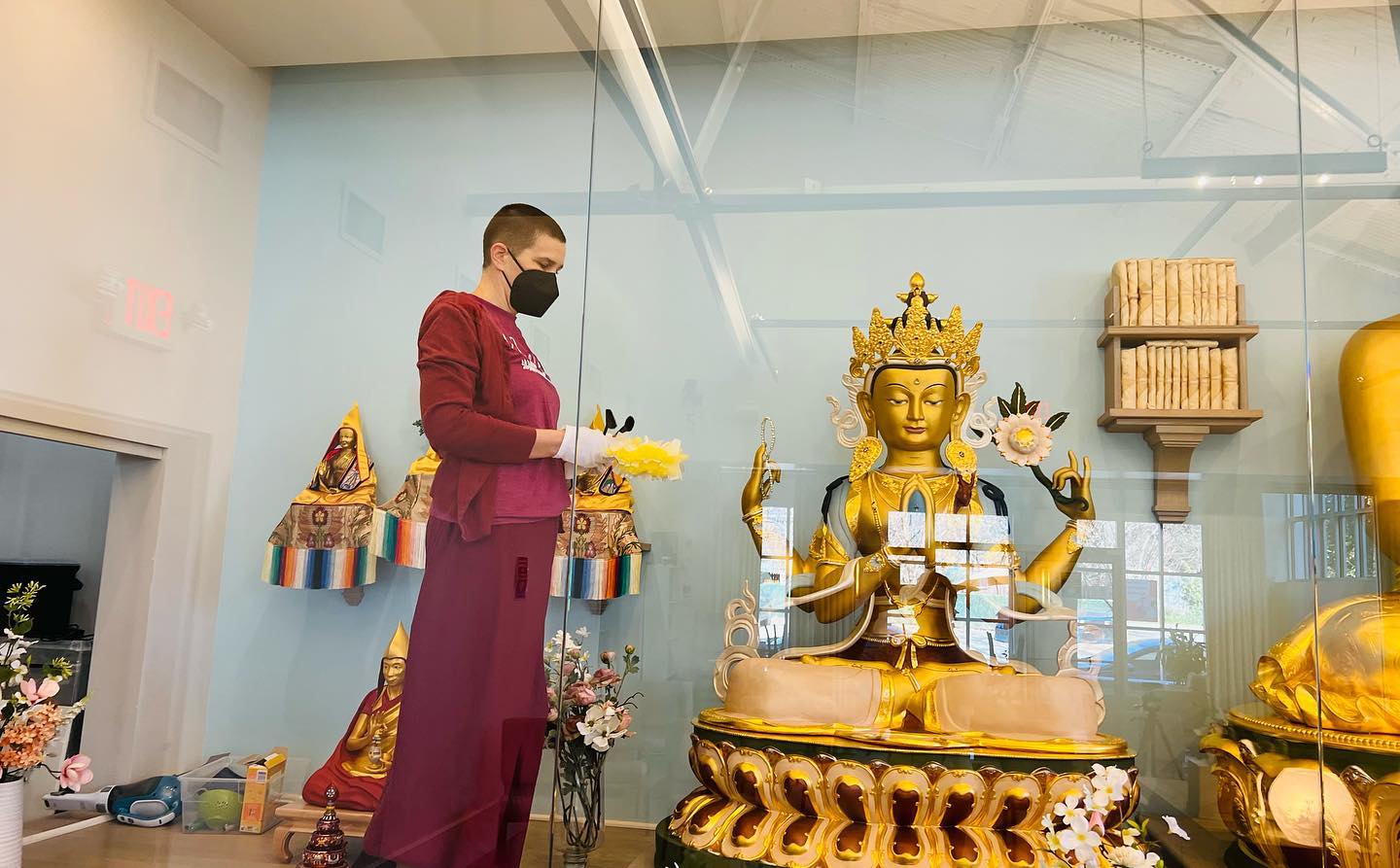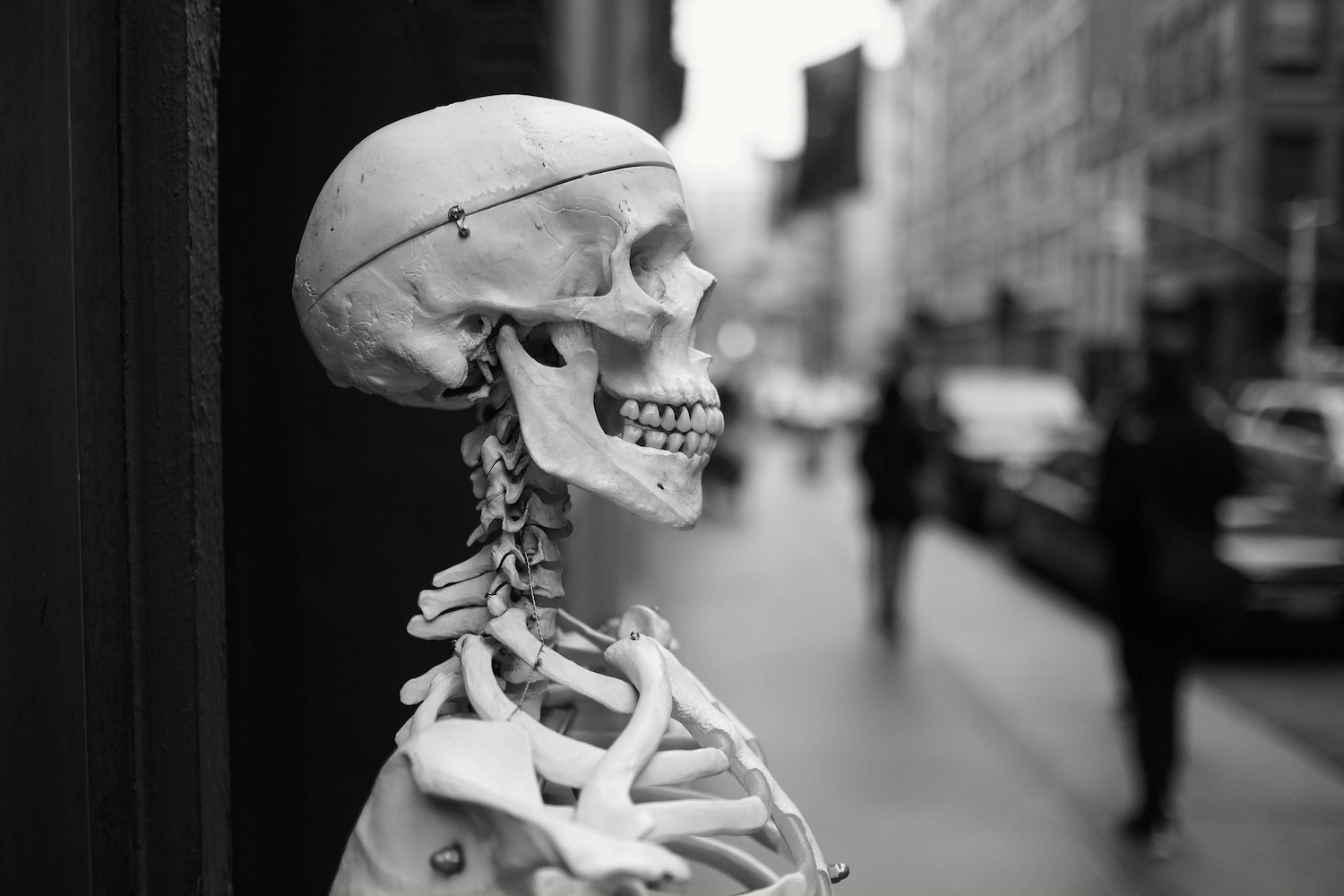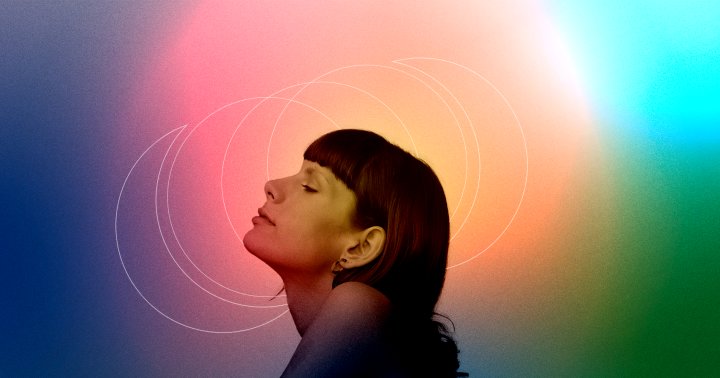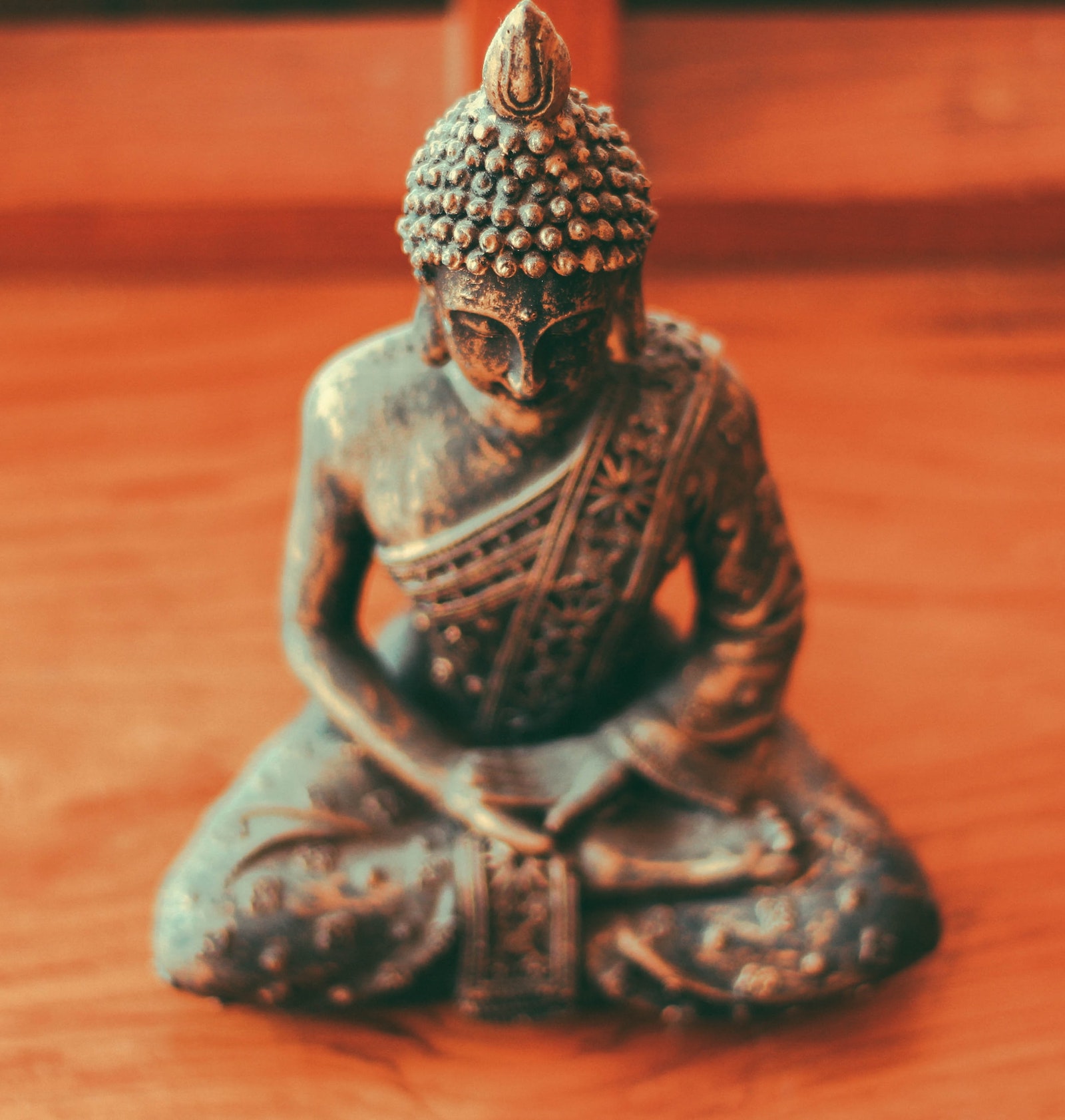The Teaching of Ho-i: Each Dharma Dwells in Its Own Position
Abstract as it sounds, this Soto Zen concept summons insight into and liberation from one’s experience of the world. The post The Teaching of Ho-i: Each Dharma Dwells in Its Own Position appeared first on Tricycle: The Buddhist Review.
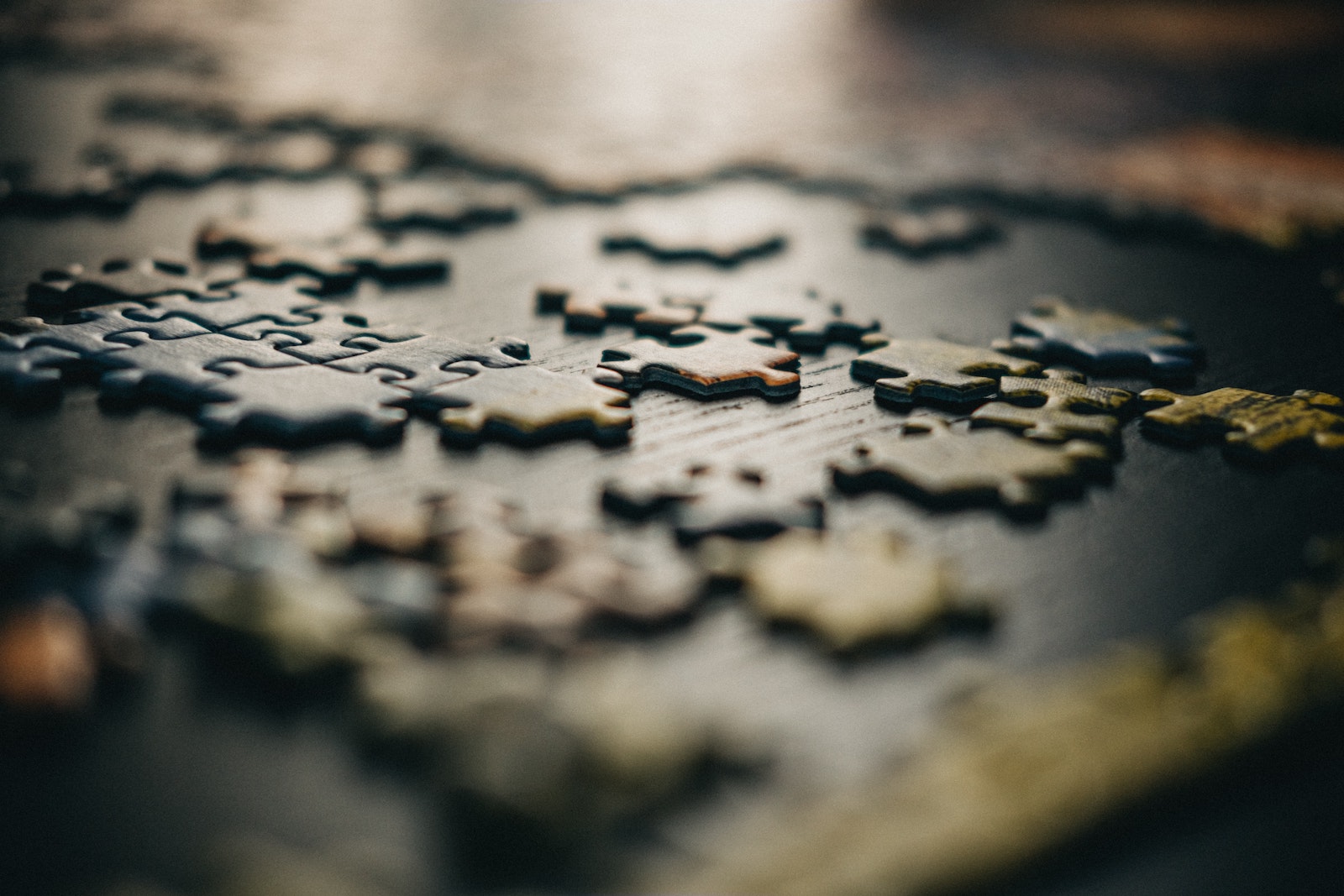
An often overlooked but powerful teaching of Soto Zen is that of Ho-i (法位): All things, beings, and moments are always each in their own special “dharma position.” Or, every phenomenon of reality is always abiding in its own place and time, where it fully embodies its own perfection and the wholeness of all.
While each thing or happening is perfectly exerting itself as itself, it is also perfectly embodying the whole of reality, and perfectly contains each and every other thing, being, and moment, too. In other words, any single dharma position is the whole universe, with nothing left out. Think of it as the universe containing all atoms, and time containing all seconds, while each tiny atom physically holds the whole universe and each ticking second holds all of time. So each thing, person, or moment, whether great or small in size, is boundless and measureless.
Understanding Ho-i
This teaching of Ho-i is not original to Master Dogen, but derives from the Tendai teachings in which he first trained—a Japanese school based on the Lotus Sutra, which he always cherished—and is echoed in Hua-yen and many Mahayana and Zen teachings. Understanding Ho-i is something like saying that the universe becomes known as a jigsaw puzzle of magnificent scope and size, with each single piece in its rightful place, not one piece missing from the whole. Nonetheless, some of those pieces show pictures of beauty and some pictures of disgust. It is like knowing the world as a vibrant theater of improvisation, with trillions of actors each speaking their lines and moving about, some performing comedy and some tragedy, some in scenes of romance and some of violence, with each single actor playing a part and standing in a proper place.
This is not some armchair intellectual idea, but is tasted and profoundly experienced as we practice zazen, sitting in faith and conviction that there is not one other thing to do, no other place to go, nothing lacking, and all is fully contained in and fulfilled by zazen during the time of sitting. A moment of sitting is boundless and measureless when we drop all goals and deem, in our hearts, that every instant of zazen is whole and complete, with no end, beginning, or anything outside it. Sitting zazen is an act in its own dharma position, complete and whole on its own. Zazen embodies all space and time—the whole of reality—and is timeless, too.
A Practical Medicine
Ho-i may sound abstract to some, but it is the most practical of medicines to summon insight into and liberation from one’s experience of the world.
Most human beings experience samsara, this ordinary world, as lovely but also difficult and painful. Because life disappoints, denies what we wish, terrifies us with its threats, and saddens us with its tragedies, we suffer, or experience dukkha. As the ultimate medicine for life’s suffering, Zen and Mahayana Buddhism offer the realization of emptiness, through which all separate things and moments are emptied of separate self-existence. You and I, this and that, gain and loss, friend or enemy, and even birth and death are washed away within the flowing wholeness of all reality. The tensions and conflicts, and ups and downs of this world, reveal themselves as dreamlike theater. One cannot fight wars when there are no two sides to fight them. Nothing can be lacked or gained in a universe whole and beyond measure.
In zazen, one can experience the dropping of all such separation, conflict, and measure as the dropping of borders of self and others, and past, present, or future. In turn, tension, sadness, fear, and suffering drop away, too. There is nothing apart to fear, fight, or lose, and no separate us to fear, fight, or lose it.
However, Ho-i is not some invitation to complacency, or an excuse to let the ugly and violent just be as they are. The Buddhist teachings and Master Dogen together call on us to change the ugly and violent. While both the good and the bad are each in their particular dharma positions, our power as human beings is to create good where we can.
We sentient beings have the power to paint our life pictures, act out our scenes, and plant our seeds to create the cruel or the gentle, the healthful or the harmful. While one individual may be limited in power to change much beyond one’s little life, if we work together, sentient beings joining together in great numbers, we may someday make this planet a gorgeous and harmonious scene—a lovely story, and a rich garden.
While both the good and the bad are each in their particular dharma positions, our power as human beings is to create good where we can.
Understanding Ho-i also can be helpful in one’s personal life. For example, moments of sickness are just that—moments of sickness, resting in their dharma position. Bow to those moments, honor them, knowing they’re perfect as they are—but also take your medicine and try to get better! Learn to approach all the ups and downs of life, as well as the serious problems of this world, in similar fashion: bowing to each, bowing to what cannot be changed, and fixing what might be.
Master Dogen wrote the following about life turning to death, the ultimate human problem, but it can just as easily apply to moments of sickness or health, or other ups and downs. He said that although time passes, each is its own complete moment of time:
Birth is a situation complete in this moment. Death is a situation complete in this moment. They are the same as winter and spring. We do not say that winter becomes spring, nor do we say that spring becomes summer. (Genjokoan)
Just understand that only life and death themselves are nirvana, there is nothing to be avoided as life and death, and nothing to seek and aspire to as nirvana. Then, for the first time upon realizing this, you are free from life and death. It is a mistake to think that we move from birth to death. Birth is a state of one time with its own past and future. For this reason, in the Buddha’s teachings, it is said that life is not life, birth itself is unborn. Death is also a state of one time with its own past and future. That is why it is said that death is not death. Thus, in the time that is called life, there is only life. In the time called death, there is only death. Thus, when life comes there is just life, and when death comes just actualize death. Thereby, do not fight them, do not serve them, neither need you wish for them. (Shobogenzo Shoji)
Hand in hand, let us do our best to make a life and world that are as healthy and nurturing as possible, even as we accept and honor all outcomes as their own dharma position.

 JimMin
JimMin 








